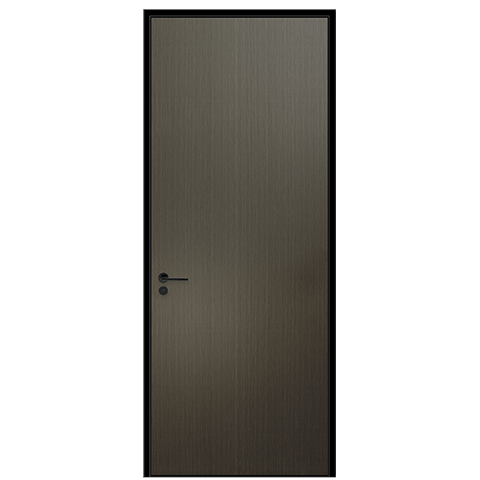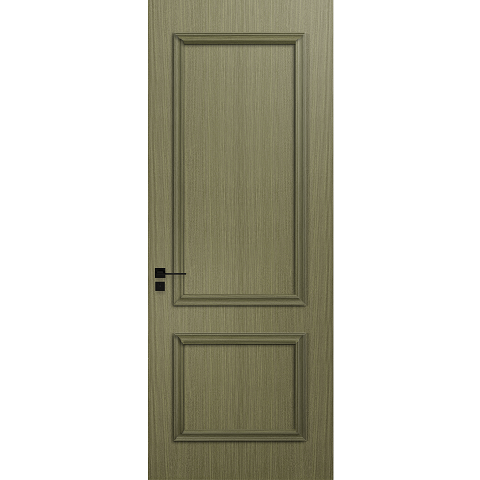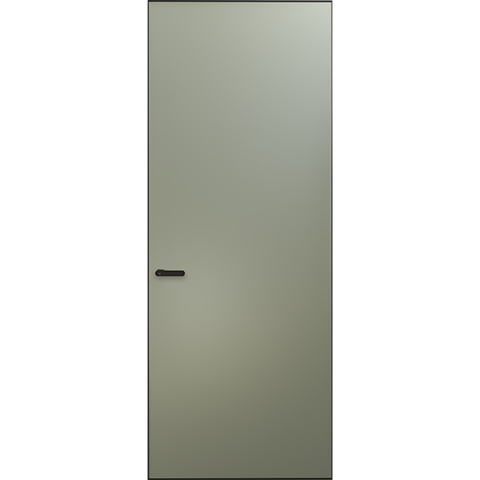Ordinary windows, corner windows, fan-shaped windows, the most complete door and window measurement and installation method!
Doors and windows are an important part of home space. In addition to ventilation, doors and windows can also play an unexpected decorative effect, making the whole house different in style. But you know what? In the decoration process, the installation quality of doors and windows will directly affect the safety and comfort of home life in the future. Now, let's take a look at the professional construction methods and installation standards of system doors and windows!
▷ Door and window opening measurement
The measurement of the door and window opening size provides basic data for the design and production of doors and windows, which is ultimately related to the installation effect and quality assurance of doors and windows. According to the type of opening, the measurement of door and window openings can be divided into ordinary opening measurement and special-shaped opening measurement.
1. Measurement of ordinary openings
The size of the door and window opening is mainly to measure the height and width of the door opening and the entry and exit positions of the doors and windows on the left and right sides. Due to the unevenness or non-straightness of the wall and other reasons, the phenomenon of "different measurement results due to different point positions" often occurs in actual measurement. Therefore, everyone should pay attention to multi-point measurement when measuring, and measure accurate data in combination with the actual situation.
The actual operation should be based on the horizontal and vertical installation of doors and windows in the opening. Due to the horizontal and vertical deviation of the opening in the construction, it is necessary to use a tape measure, a hanging hammer and other tools to find out the minimum horizontal width and minimum vertical height of the opening during measurement; at least 3 measurement points are recorded, and the minimum value shall prevail. Irregular or seriously deviated openings need to be trimmed, and then re-measured after the openings are trimmed.
The selection of measurement points at the entrance of the hole should be as flat as possible, and obvious convex or concave points will seriously affect the measurement results.
2. Measurement of corner windows
When measuring the corner window opening, the height measurement is basically the same as that of the conventional opening, but when measuring the outer edge width (W1\W2) and the inner edge width (W3\W4), there are obvious differences. Generally speaking, the measurement width is based on the outer dimension: when measuring from the front, measure the distance from the outer corner of the top surface of the balcony to the outer wall, and record it as W1; when measuring from the side, also measure the outer corner of the top surface of the balcony to the outer wall. The distance from the body is recorded as W2; after measuring the width of W1 and W2, the thickness of the window sill or the wall must also be measured. Because the thickness of the wall, the selection of product series and the exact installation position of the product will affect the width of the finished product.
3. Measurement of curved windows
As shown in the figure, first measure the chord length and arc height, and then divide the chord length into several parts. Mark the corresponding points 1, 2, and 3 on AB, first measure the dimensions of A1, A2, and A3, and then measure the dimensions of C1, D2, and E3 (make sure that C1, D2, and E3 are perpendicular to AB during the measurement process) . After recording several sets of measurement data, trace the graph on the computer or drawing. According to the measured points C, D, and E, use a smooth curve to describe the size of the arc hole. The more accurate (in addition to the above method, you can also use a paper sleeve to draw a line on the hole, draw the outline of the hole, and then measure the corresponding size from the paper).
▷Wall installation of doors and windows
The installation of doors and windows on the wall is an important part of the installation of finished products. It plays a very critical role in the use of doors and windows and future maintenance. Therefore, it needs to be operated by professionals with rich installation experience. The installation of doors and windows can be divided into dry installation and wet installation according to different project requirements.
1. Dry installation (steel sub-frame installation)
a. Pre-embed the steel sub-frame at the opening of the blank. After the upper wall of the steel sub-frame is leveled, the gap between the attached frame and the opening should be filled with waterproof mortar. The gap between the sub-frame and the opening should be reserved for more than 10mm. After fixing the sub-frame , apply waterproof paint between the outdoor side sub-frame and the hole;
b. After the steel sub-frame is mounted on the wall, indoor and outdoor decoration can be carried out, and the surface of the decoration is subject to the surface of the steel sub-frame;
c. After the indoor and outdoor decoration is completed, the door and window frame should be placed on the wall. Before the window frame is placed on the wall, protective treatment must be done to prevent the door and window from being polluted or scratched. The gap between the door and window frame and the steel sub-frame should be more than 5mm. Before the door and window frame is fixedly connected with the steel attached frame, it must be leveled with a spirit level. The level of the window frame can be adjusted by the frame adjustment piece. After leveling, it can be directly connected and fixed with the steel sub-frame;
d. After the door and window frame is fixed, the gap between the window frame and the steel sub-frame needs to be filled. Usually, polyurethane foaming agent is used to fill the seam, and then the weather-resistant sealant is applied on the indoor and outdoor sides of the window frame to make a good sealing treatment. The installation on the wall is basically complete.
2. Wet installation (fixed piece installation)
The biggest difference between wet installation and dry installation: in wet installation, the window frame must be installed on the wall before the wet operation of the wall, while the dry installation can be installed on the wall after the indoor and outdoor decoration is completed.
a. Insert the window frame into the blank hole, and the protective film on the door and window can not be torn off before and after the window frame is inserted into the hole, so as to avoid the damage to the door and window caused by the later construction; use the wooden spacer to adjust the gap between the window and the wall. Clearance, fix the window frame after leveling;
b. After the window frame is fixed, waterproof treatment is required: fill waterproof mortar between the window frame and the wall, fill with mortar to stabilize the window frame, and then remove the wooden pad. Then apply waterproof paint between the outer wall window frame and the wall;
c. After the waterproof treatment, you can do indoor and outdoor decoration. Before doing indoor and outdoor decoration, you should protect the doors and windows to prevent pollution and scratches. This step is especially important during wet installations.
 Hot Recommendation
Hot Recommendation
 Latest Products
Latest Products



